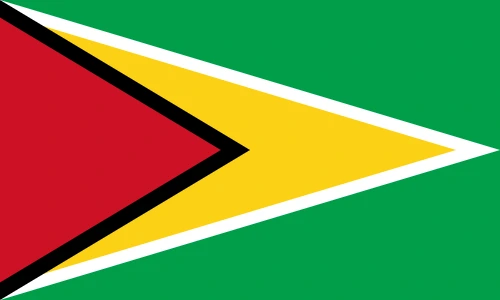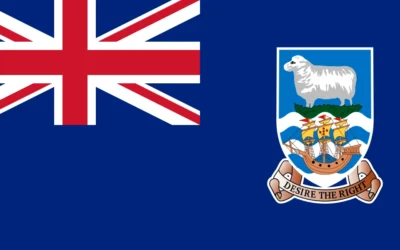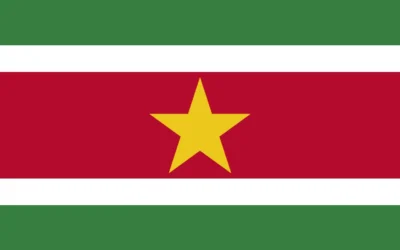Guyana Travel Guide
Discover Why You Should Visit Guyana
Why Visit Guyana?
Guyana is South America’s hidden eco-paradise, offering untouched rainforests, majestic waterfalls, and rich cultural diversity. It stands out for its authentic nature-based tourism, Afro-Indo heritage, and genuine hospitality, appealing to adventurers and explorers alike.
Ideal for: Eco-travelers, birdwatchers, cultural explorers, and adventure seekers.
Must-Know Facts
Capital/Major City: Georgetown
Language(s): English (official), with Creole and Indigenous languages widely spoken
Currency: Guyanese Dollar (GYD)
Best Time to Visit: September to April (dry season)
Fun Fact: Guyana is the only South American country where English is the official language
Top Things to Do
Marvel at Kaieteur Falls, one of the world’s tallest single-drop waterfalls
Explore Iwokrama Rainforest for biodiversity and Indigenous experiences
Walk around Georgetown’s colonial buildings and colorful markets
Visit shell beaches to see endangered sea turtles nest
Experience Rupununi savannah for wildlife, ranches, and Indigenous communities
Local Culture & Lifestyle
Guyana’s culture is a vibrant mix of African, Indian, Amerindian, Chinese, and European influences. The lifestyle is relaxed yet community-oriented, with strong family values and festive celebrations such as Diwali, Phagwah, and Mashramani. Religion and food reflect the country’s diversity.
Food & Drink Highlights
Street Food: Doubles, pholourie, cassava bread
Restaurants: Pepperpot (meat stew), cook-up rice, curry and roti, metemgee
Drinks: Mauby, ginger beer, El Dorado rum, sorrel drink
Desserts: Black cake, tamarind balls, pine tarts
Main Dish & Culinary Symbols
Signature Dish: Pepperpot — a rich, slow-cooked meat stew with cassareep and spices, traditionally served during Christmas
Common Ingredients: Cassava, rice, coconut milk, hot peppers, tropical fruits
Culinary Culture: Strongly influenced by African and East Indian traditions, with Indigenous and Creole elements
Symbols & Icons of the Area
Natural Icons: Kaieteur Falls, Essequibo River, Rupununi Savannah
Cultural Icons: Stabroek Market, colonial wooden architecture, Amerindian crafts
Hidden Gems & Off-the-Beaten-Path
Rewa Village — an eco-tourism hub run by Indigenous Makushi people
Mount Roraima — the mythical flat-topped mountain shared with Venezuela and Brazil
Bartica — gateway to interior rivers and rainforest adventures
Shell Beach — quiet coastline with turtle nesting grounds
Shopping & Souvenirs
What to Buy: Handwoven baskets, leather goods, Amerindian jewelry, Demerara rum
Where to Shop: Stabroek and Bourda Markets in Georgetown, village craft stalls
Getting Around
Public Transport: Minibuses operate in cities and between towns
Driving: Useful for interior travel; roads may be rough in remote areas
Flights: Small domestic planes connect Georgetown to interior lodges
Travel Tips
Travel with cash in rural areas, as ATMs are mostly in cities
Respect local customs during religious festivals
Pack insect repellent and rain gear for jungle travel
Work with local tour operators to access eco-lodges and Indigenous communities
Where to Stay
Budget: Guesthouses and eco-hostels in Georgetown
Mid-range: Boutique inns and riverside lodges
Luxury: Jungle lodges with guided wildlife tours and all-inclusive packages
Unique: Indigenous homestays and ranch accommodations in Rupununi
Sample 4-Day Itinerary
Day 1: Arrive in Georgetown, explore Stabroek Market and dine on local cuisine
Day 2: Fly to Kaieteur Falls for a day trip or overnight lodge experience
Day 3: Travel to the Rupununi region for wildlife viewing and cultural encounters
Day 4: Return to Georgetown and visit botanical gardens or the seawall






0 Comments